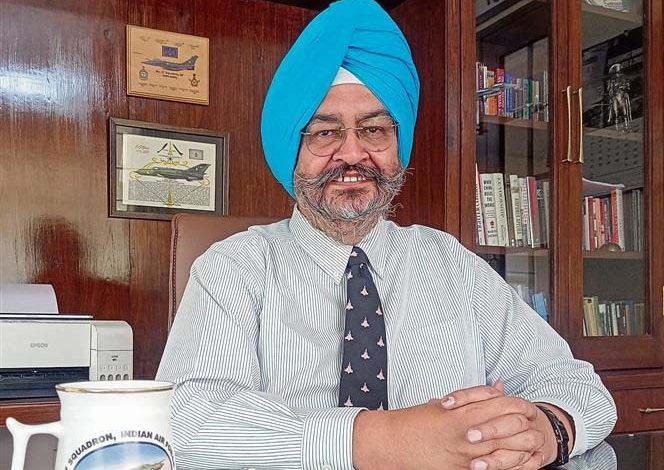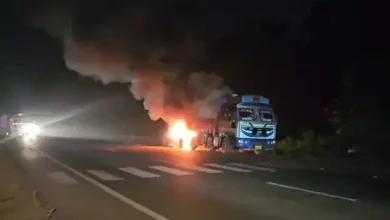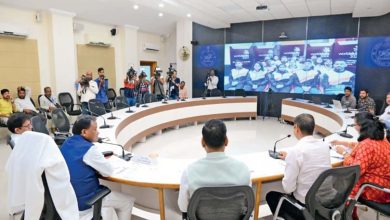Chandigarh: Major change in the operational capability of the Indian Air Force

Chandigarh: In the summer of 1999, the Indian Air Force (IAF) carried out the first night strike across the Line of Control (LoC) in the Kargil sector opposite Pakistan-occupied Kashmir (PoK) to flush out Pakistani intruders. Twenty years later, it crossed the LoC and targeted terror camps in Balakot in PoK. Between the two war-like situations, the IAF’s operational capability has undergone a sea change. “The world has changed,” Air Chief Marshal BS Dhanoa (retd), who commanded a MiG-21 squadron during the Kargil operation and oversaw the Balakot strikes as the Air Force chief, told The Tribune ahead of the 25th anniversary of the conflict. “We now have much more modern fighter and support platforms that are highly accurate in terms of attack and surveillance capability,” he said, adding that these have also given the IAF the ability to conduct long-range operations from depth areas.
The IAF carried out the first strike on May 26, 1999. However, by May 12, the entire Pakistan Air Force had already been deployed for operations, a fact that the Indian defence establishment was not aware of until much later. “This was an intelligence failure. At that time, our information gathering was primarily based on interception of radio transmissions and the Pakistanis maintained radio silence to move forward silently. Such a situation does not exist now,” he said. Since then, the IAF has inducted advanced multi-role combat aircraft like the Sukhoi-30 and the Rafale along with supporting elements like mid-air refuelling aircraft, airborne early warning and control systems, reconnaissance satellites, electronic warfare systems, radars and precision munitions, all based on a network-centric environment. He said the anomalies and deficiencies that existed during the Kargil conflict were sorted out by 2004-05 but there is no need to innovate in this area now to meet operational requirements, as was done in 1999. “At the altitudes we were operating at in Kargil, ballistic tables did not exist to drop bombs. We had to recalculate the ballistics to take into account the rarefied air and high altitude,” Dhanoa said. “Also, given the basic avionics of the MiG-21, we had to place a hand-held GPS in the cockpit for navigation to get accurate track and speed while bombing,” he added. Another challenge for the IAF was the “balloon barrage” deployed by Pakistan. A number of balloons were tied at various locations along the Line of Control to disrupt low-flying aircraft. More than the balloons, it was the poorly visible cords to which they were attached that posed a threat to the aircraft. “A simple solution to this was found by a young man from the squadron. It was to simply look at the wind direction on the GPS, which would determine the downward position of the cord, allowing the pilots to navigate accordingly to avoid hitting them,” he said. Dhanoa recalled another incident when the then Air Force Chief, Air Chief Marshal AY Tipnis, was on a visit to the sector. During a meeting at night, he was surprised by the Chief saying he wanted to fly with him on an operational sortie the next morning. The rest of the night was spent planning the sortie and the next morning, Tipnis and Dhanoa flew in a two-seater MiG-21 over the Mushkoh Valley on a bomb damage assessment mission. The Chief had a condition that the aircraft in which he was seated in the front seat would have the squadron commander’s call-sign ‘Arrow One’ and not the Air Chief’s call-sign ‘Air Force One’. Dhanoa said that the night attacks by the MiG-21s during the conflict proved to be more effective than the daytime missions as they were carried out by flying about 1 km above the target areas and the snow-clad mountains provided good illumination on moonless nights.





